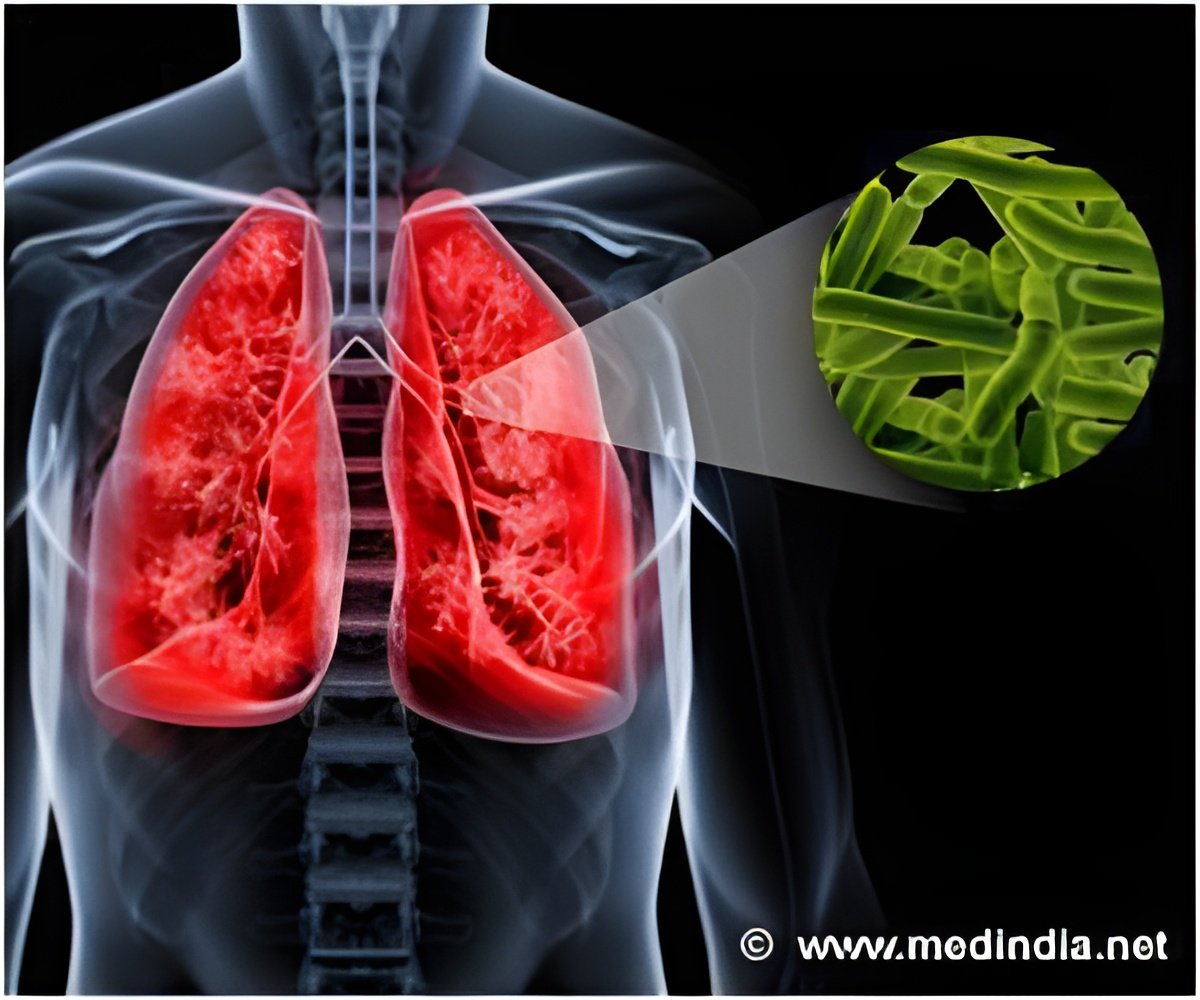In order to avoid recognition by the infection-killing cells present in the upper airways, TB-causing bacteria mask their identity; a new study has found

In the upper respiratory tract, resident microbes and inhaled microbes of a variety of species signal their presence.
These tip-offs alert and attract many infection-fighting cells to the upper airways. The presence of other microbes in the upper airway may thereby help to keep TB infections at bay by creating a hostile environment.
To cause disease, TB bacteria must sneak through this well-patrolled area and head for parts of the lungs where fewer microbiocidal cells are policing.
Almost like intruders wearing a stocking over their faces to keep surveillance cameras from clearly recording their features, the TB pathogens produce particular types of fatty substances, or lipids, on their cell surfaces.
These lipids, abbreviated as PDIM, are already known to be associated with bacterial virulence. The researchers showed that PDIM lipids function by masking the underlying molecular patterns that would reveal their dangerous nature to macrophages, a first-line defense of infection-fighting cells.
The findings have been published online in the journal Nature.
 MEDINDIA
MEDINDIA



 Email
Email










